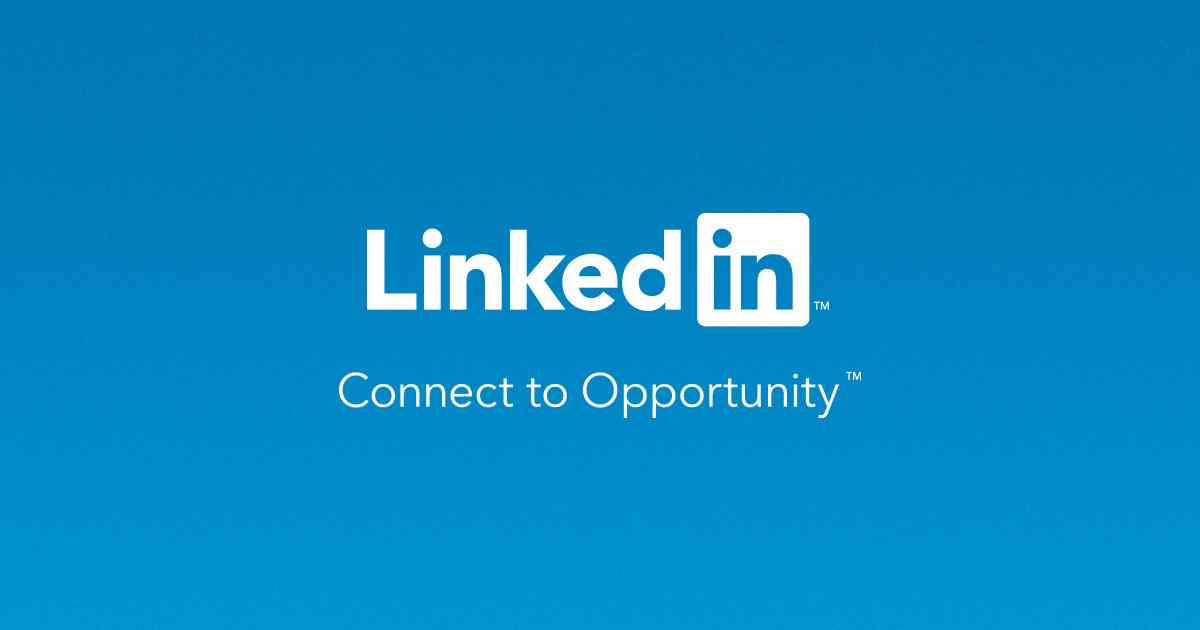For those of you who are interested in learning about how to add experience in LinkedIn, this blog post will be of the utmost importance.
There is no doubt that LinkedIn is one of the biggest platforms for professional networking in the world today.
LinkedIn is also one of the most popular and widely used social media platforms in the world with over 420 million monthly active users.
Typically, people use social media to interact with their friends, family members, and known ones, but with LinkedIn, the scenario is different.
Connecting with people in similar industries and finding new job opportunities are two of the main reasons why people use LinkedIn.
The most important reason for using LinkedIn is to find new jobs or career opportunities.
When searching for new employment opportunities on LinkedIn, one must ensure that their experience section is up-to-date so that recruiters and employers can see whether the experience is related to the work they have been hiring the employee for.
The experience section is therefore one of the most important elements of a LinkedIn profile.
We will cover how to add experience in LinkedIn in this blog post.
Furthermore, we will give you some tips about how to add experience in LinkedIn that will be of great help to you in creating a compelling LinkedIn profile.
The significance of your LinkedIn profile’s ‘Experience’ section.
Let’s take a moment to familiarize ourselves with the ‘Experience’ section of our LinkedIn profile before we learn how to add experience in LinkedIn.
In order to meet with a good career opportunity, the experience section of your LinkedIn profile is utterly crucial.
As an example, if you don’t include your experience in your LinkedIn profile, you might lose a good career opportunity.
In the experience section of your LinkedIn profile, you highlight your work history (the companies you have worked for both as an intern and as a full-time employee) and what were your roles and responsibilities in the companies you have worked for before.
Recruiters need detailed information about your work experience if they want to hire you for their company or organization. This highlight gives them this information.
Accessing the “Experience” Section:
To begin adding experience to your LinkedIn profile, log in and navigate to your profile page.
Locate the “Edit Profile” button or the pencil icon near the top right corner of your profile.
Clicking on this will enable you to edit your profile information.
Scroll down until you find the “Experience” section, which is where you’ll be adding your work history.
Read Also: AutoGPT: The Revolutionary GPT-4 Tool Taking AI to the Next Level
Adding a New Experience Entry:
To add a new experience entry, click on the “Add position” or “+ Experience” button within the “Experience” section.
This will open up a form where you can input the details of your position.
Provide an accurate job title, company name, employment dates, and an overview of your role.
Describing Your Responsibilities and Achievements:
Now that the form is opened, it will be very easy for you to add the name of your current job title or previous job titles, company names, employment dates, and all because these things are something that you know by heart.
The skill and ability that you have to show, you have to show that in the place where you have to mention the overview of your job role and your previous job roles.
When giving an overview of your overall job roles, make sure to not add anything unnecessary and write everything in a clear and concise manner.
When finding potential candidates for job roles in their company, recruiters do not read long-form job overviews until they have a concrete reason to do that.
They want to know everything about the potential candidate in the shortest amount of time possible.
That’s why it is mandatory for you to include the information in your job roles overview section in a clear and concise manner.
Including Additional Details:
LinkedIn allows you to add more information to each experience entry.
Consider including details such as location, industry, and employment type to provide additional context.
You can also enhance your entries by attaching media files, such as project samples or presentations, to provide tangible evidence of your work.
Read Also: What Campaign Parameter is Not Available by Default in Google Analytics?
Optimizing Your Experience Section:
Organizing your experience entries strategically can enhance the overall presentation of your LinkedIn profile.
Consider arranging them in reverse chronological order to showcase your most recent experiences first.
Reviewing and Publishing Your Changes:
Before publishing your changes, review your experience entries for accuracy and clarity.
Ensure that there are no typos or grammatical errors that might detract from your professionalism.
Once you’re satisfied with your updates, save and publish the changes to your LinkedIn profile.
Here are a few tips to help you if you are adding experience to LinkedIn:
Now that you have learned about how to add experience in LinkedIn, we have a few tips to help you before you start doing that.
1) In the overview entry of your LinkedIn experience section, use industry-specific keywords while writing the overview, and don’t write it in a generic manner. This will help you show your experience and authority in your industry.
2) Highlight every achievement or milestone that you have reached in your career, whether it is a small or a large one. This will give the recruiters a good understanding of the impact that you have made in the companies you have worked for previously.
3) Last but not least, keep updating the experience section of your LinkedIn profile with new experiences and accomplishments. This will demonstrate the professional growth that you are continuously making in your career.
Read Also: What is a Secondary Dimension in Google Analytics?
Conclusion
After reading this blog post, we hope that you have a better understanding of how to add experience in LinkedIn.
You should remember that LinkedIn is a superbly valuable platform for finding the most lucrative careers, and adding experience in a stunning way to your LinkedIn profile is one of the best ways to attract recruiters.
If you follow the tips we’ve mentioned in this blog post, your LinkedIn experience section will look far more attractive and compelling than those of most LinkedIn users.
It’s now up to you to take the next step.
Put what you’ve learned in this blog post into practice and find the next lucrative career opportunity on LinkedIn.



